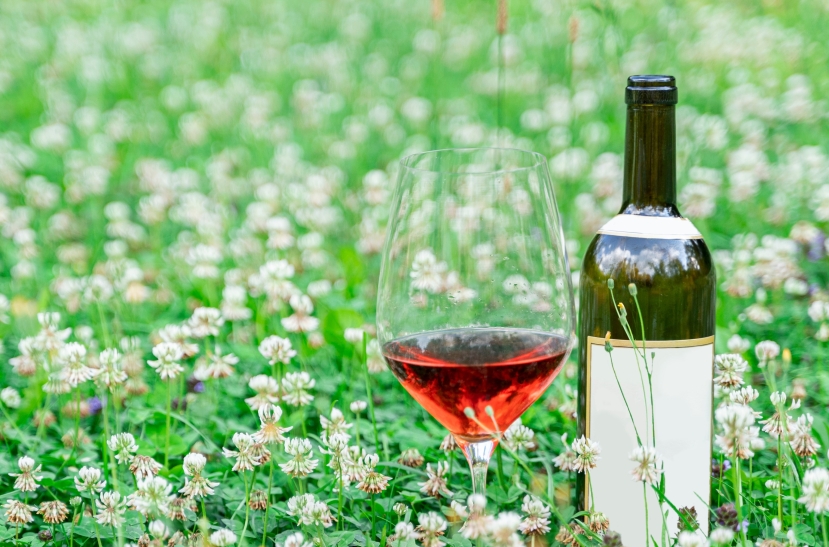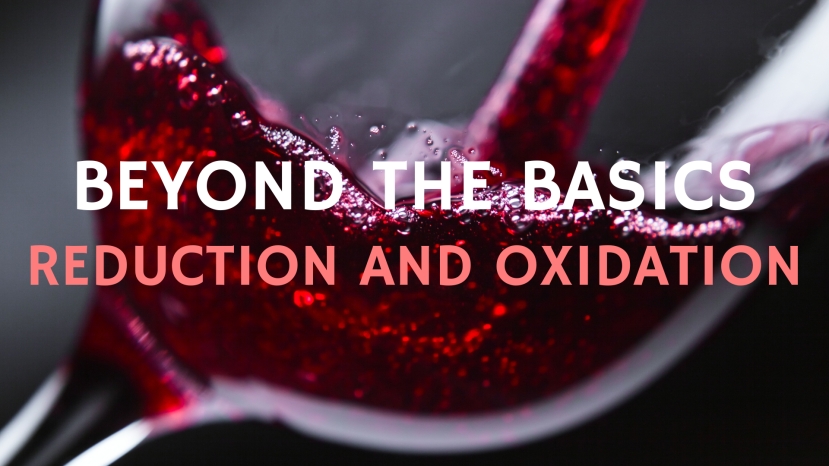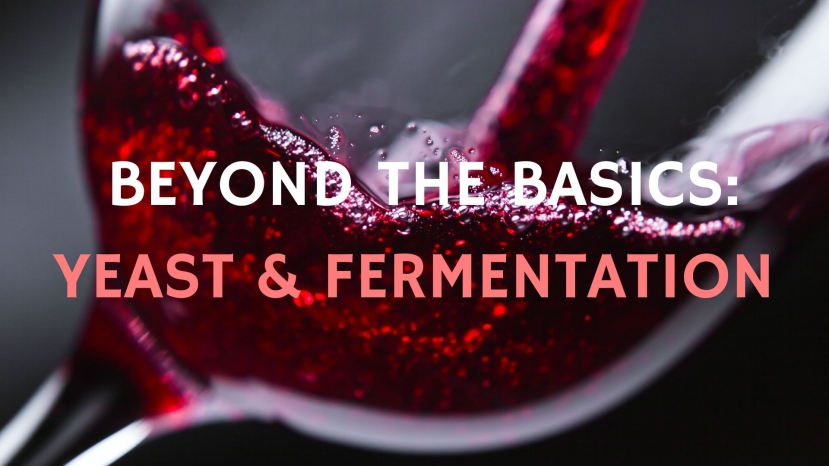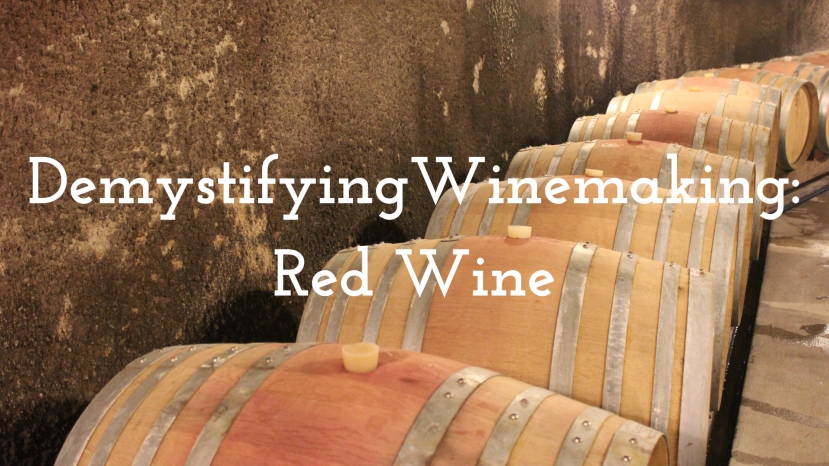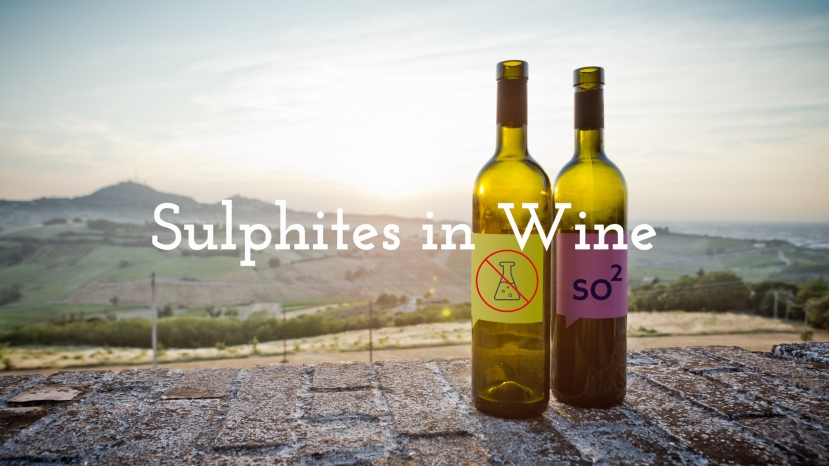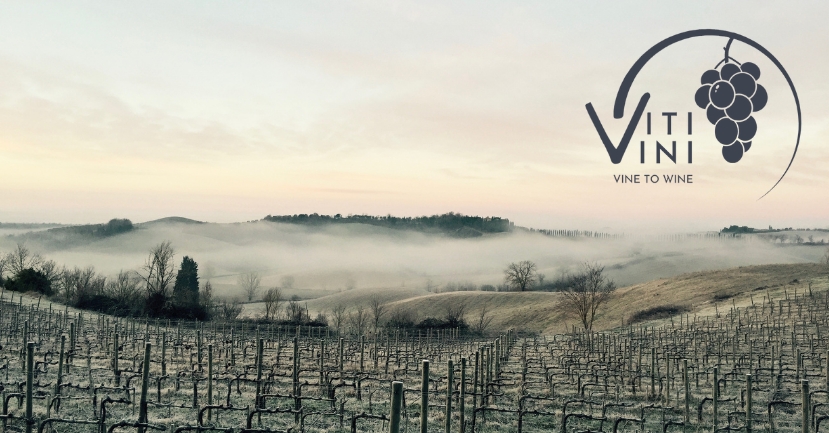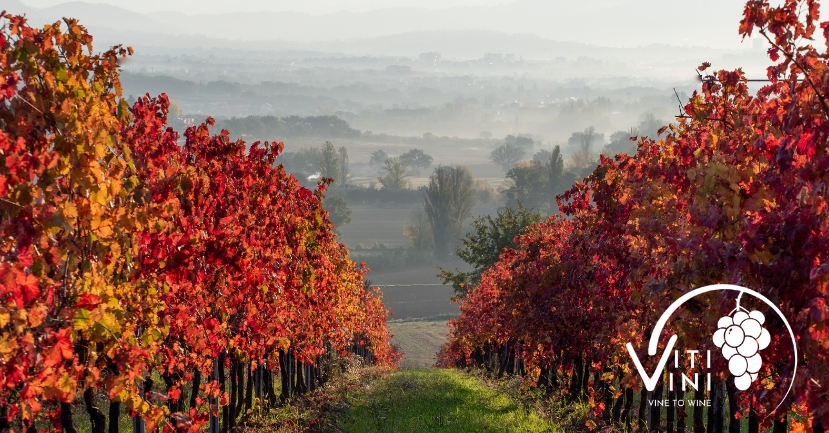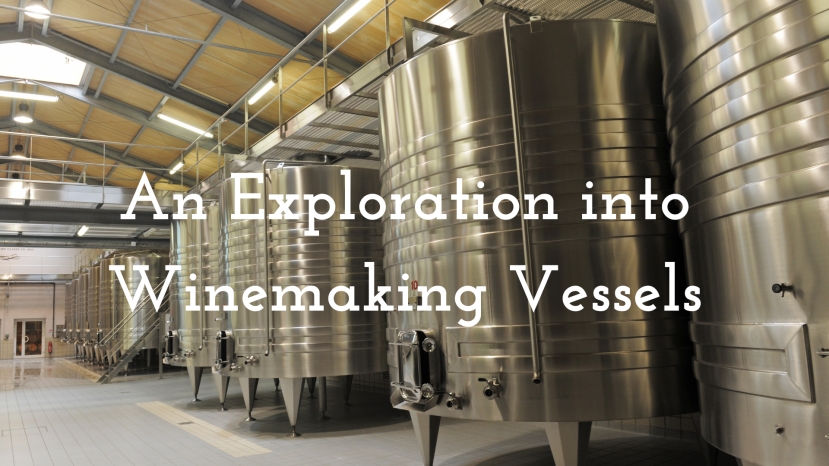BLOG
winemaking technology
Wine is fermented grape juice…in theory. However, in practice, modern wine may be made by using a wide array of compounds aimed at facilitating the winemaking process, enhancing the product’s organoleptic qualities, or simply fixing problems before or after they arise.
Summary:
Oxidative, oxidized, reductive, reduced...what do they all mean? Join winemaker Nova Cadamatre MW, as she dives into the Oxidation/Reduction spectrum, what it is, what it means, and how it impacts wine flavors throughout a wine's life.
Presenter: Nova Cadamatre MW
A winemaker with a broad and diverse background, Cadamatre started in wine on the East Coast as a winemaking apprentice with Stargazers Vineyard in 2003. After graduating from Cornell
Summary:
Join winemaker Olivier Humbrecht MW, of famed estate Zind Humbrechtin Alsace, for a deep dive into these key components of winemaking: yeast and fermentation!
Presenter: Olivier Humbrecht, MW
Olivier Humbrecht studied wine together with wine marketing and wine business for five years in Toulouse, and then got the chance to do his ‘military service’ working for
Summary:
Have you read all about winemaking from books, but still struggle with confusing concepts? Have you ever wanted to dive deeper into a particular winemaking topic but didn't know anyone to ask?
Winemaker and Master of Wine Nova Cadamatre is back for the second of a three-part series that will pull back the curtain on different winemaking styles.
This second webinar covers Red winemaking. The third part will cover Dessert, Sparkling, and Fortified
Summary:
The use of Sulphur Dioxide (SO2), often just referred to as “sulphites”, in winemaking has become a much-debated and even sometimes emotive topic in the 21st century.
In the last few decades with the growth of the natural wine movement, excess use – or sometimes any use – of SO2 has become increasingly frowned on. Some wine drinkers even claim they are intolerant to
Finally, we have reached the end of the winemaking year.
In the vineyard, soil health is a common topic of discussion now that the vines are dormant. This is a great time to dig soil pits and send samples off to discover more about the composition of the soil layers around the root system of the vines.
Soil pH plays a large part in the health of a vineyard as it controls nutrient uptake. Even if the soil contains plenty of a particular nutrient, if soil pH is wrong, that nutrient might not be available in a form that the plant can use. This can lead to micronutrient deficiencies or toxicities. For this reason, it is very important to manage the soil pH.
At the start of November, areas with long growing seasons are still wrapping up harvest, but most wineries in the northern hemisphere have brought their grapes into the winery. An exception to this rule is any fruit being left out for ice wine production.
Ice Wine ProductionGrapes destined for ice wine production must hang on the vine until temperatures reach a consistent 20°F/-7°C or below. Only at this point, can the frozen berries be harvested.
November begins with a lot of activity in the winery and ends with everyone taking a collective sigh of relief. The growing season is at an end and most wine production professionals can take a moment to reconnect with their families and friends and take a well-deserved vacation.
Summary:
Join winemaker, Nova Cadamatre MW, as she walks through many of the different possibilities of winemaking vessels including stainless steel, wood, and beyond. Discover the pros, cons, and why winemakers will choose one over another option.
Presenter: Nova Cadamatre MW
Over the course of almost two decades, Nova Cadamatre has become one of the most versatile and experienced winemakers in the industry. She holds a Bachelors from Cornell University in

